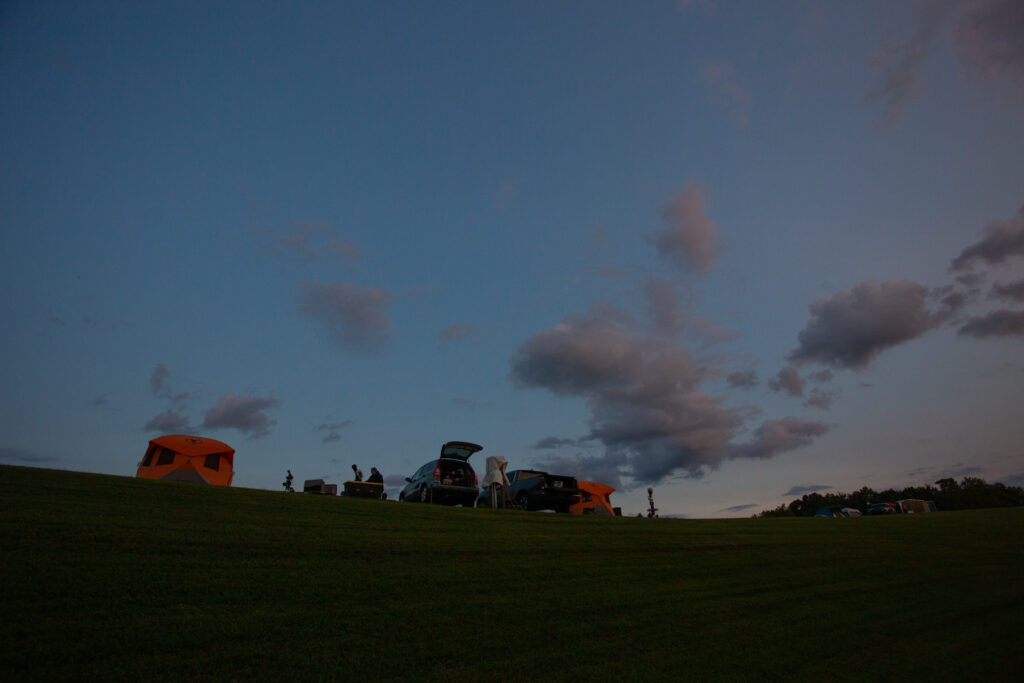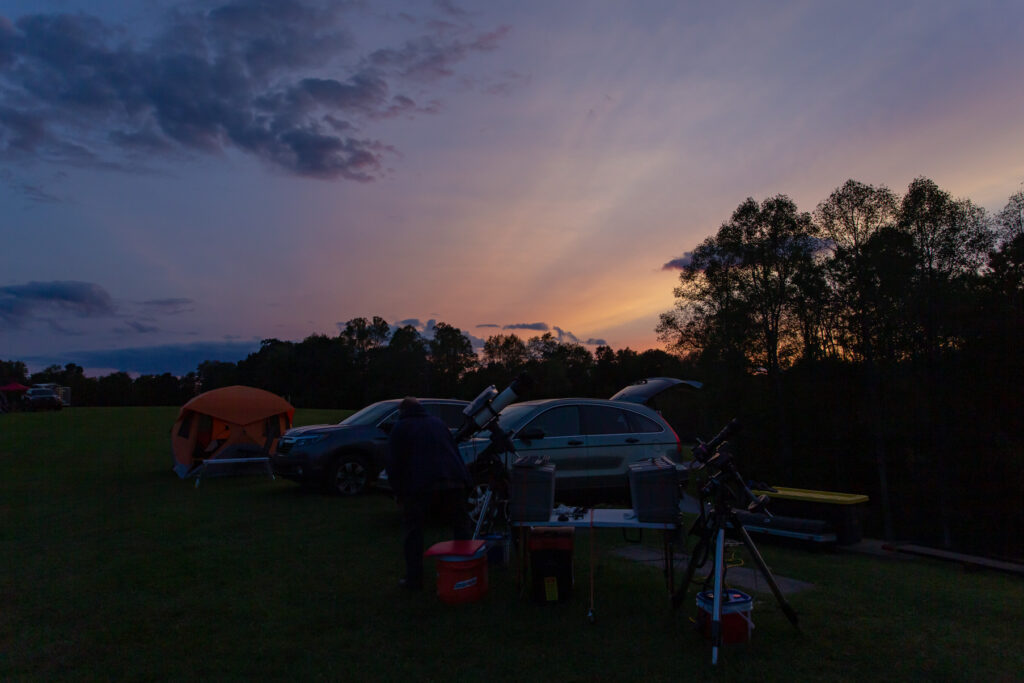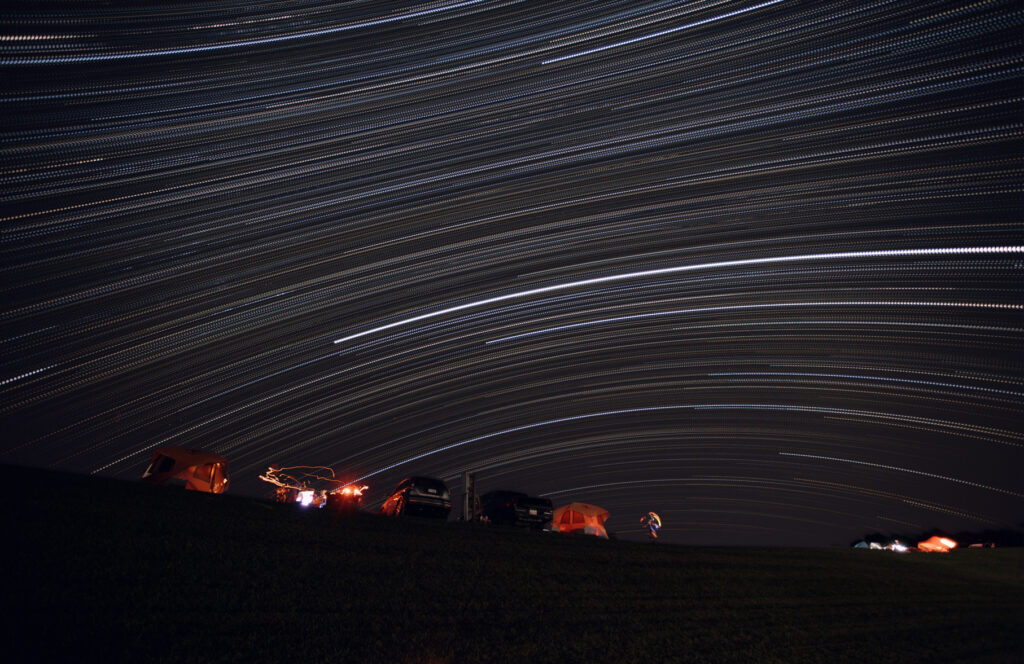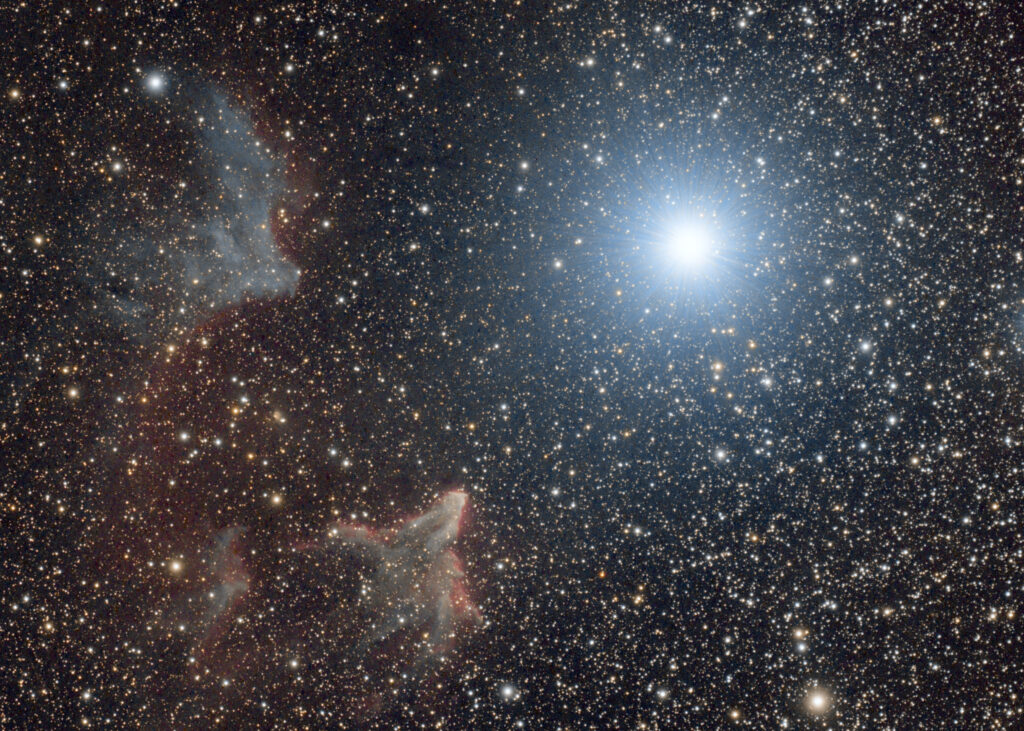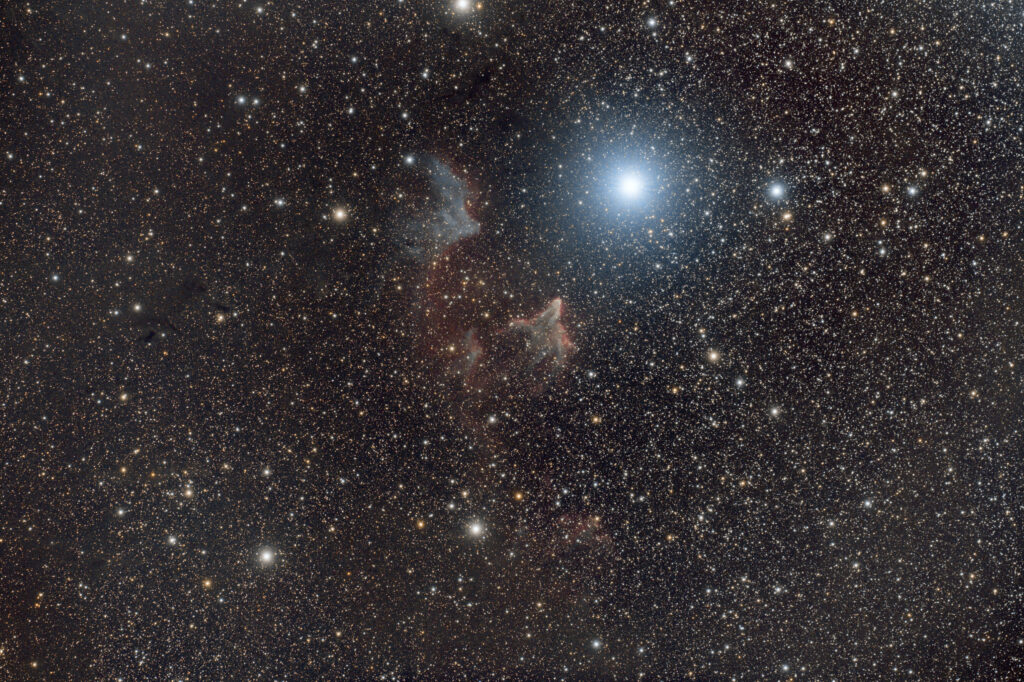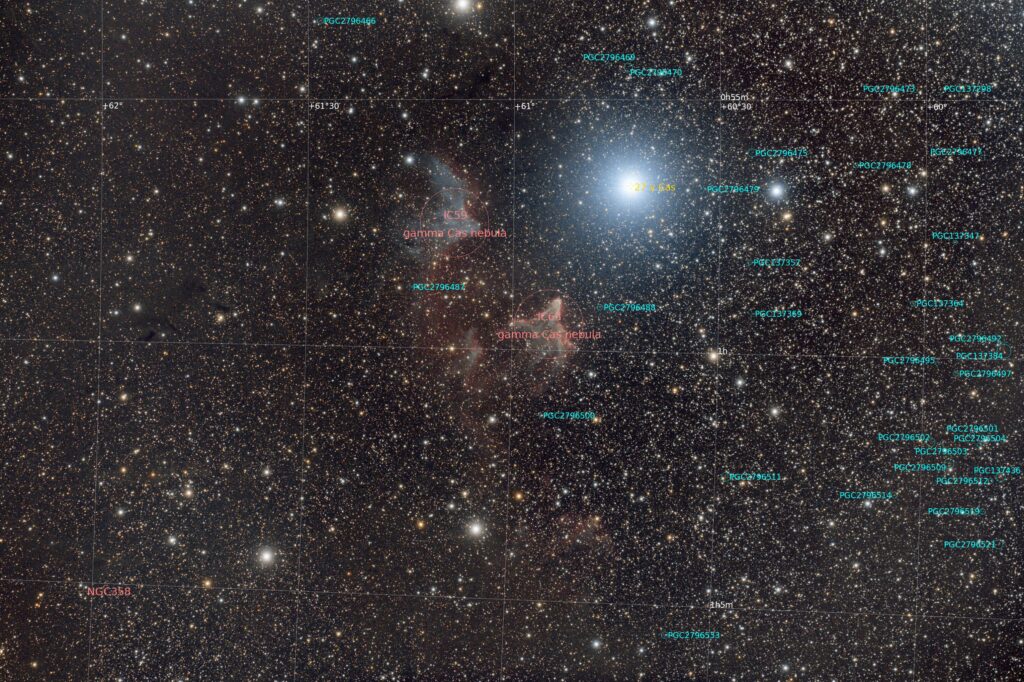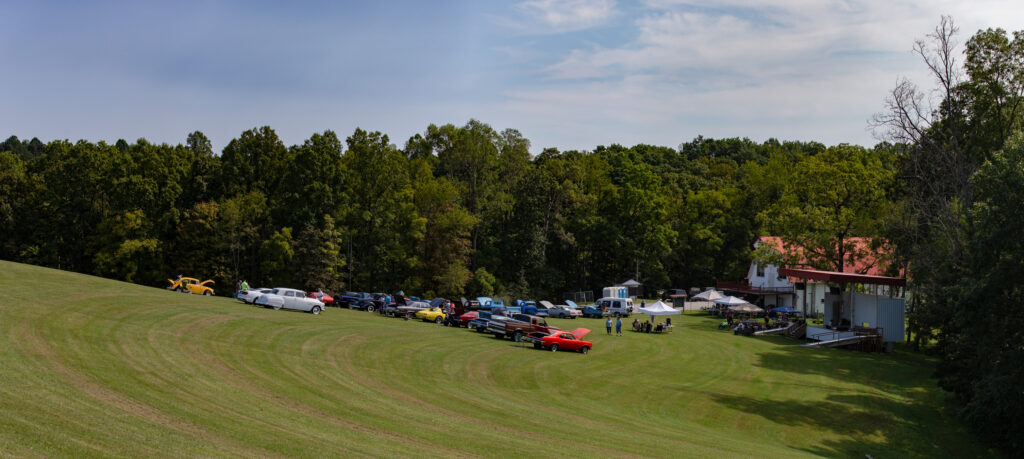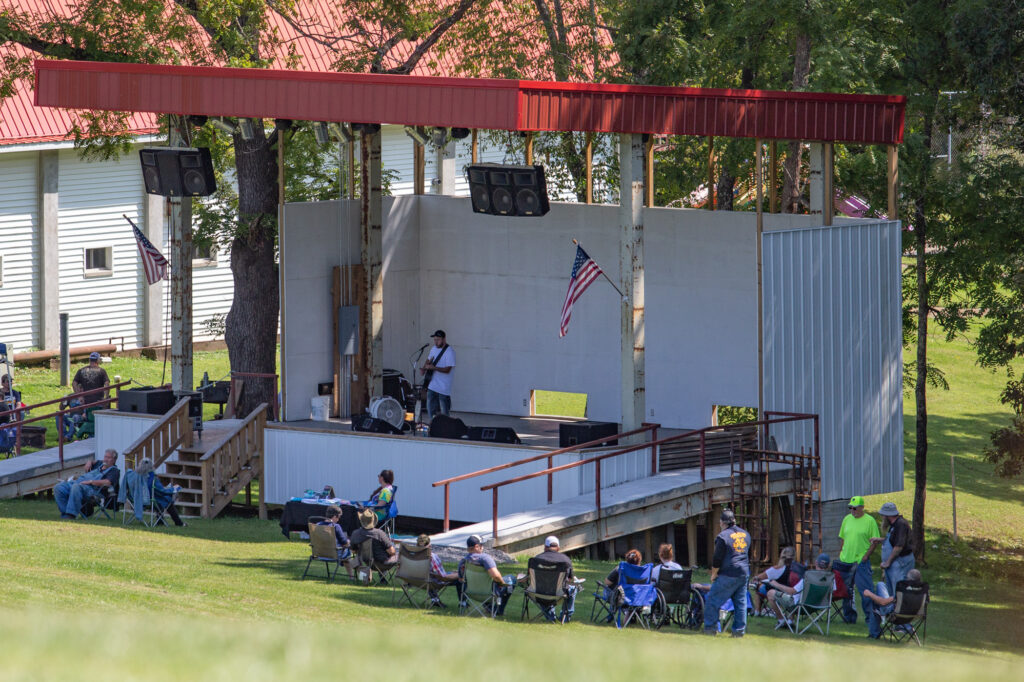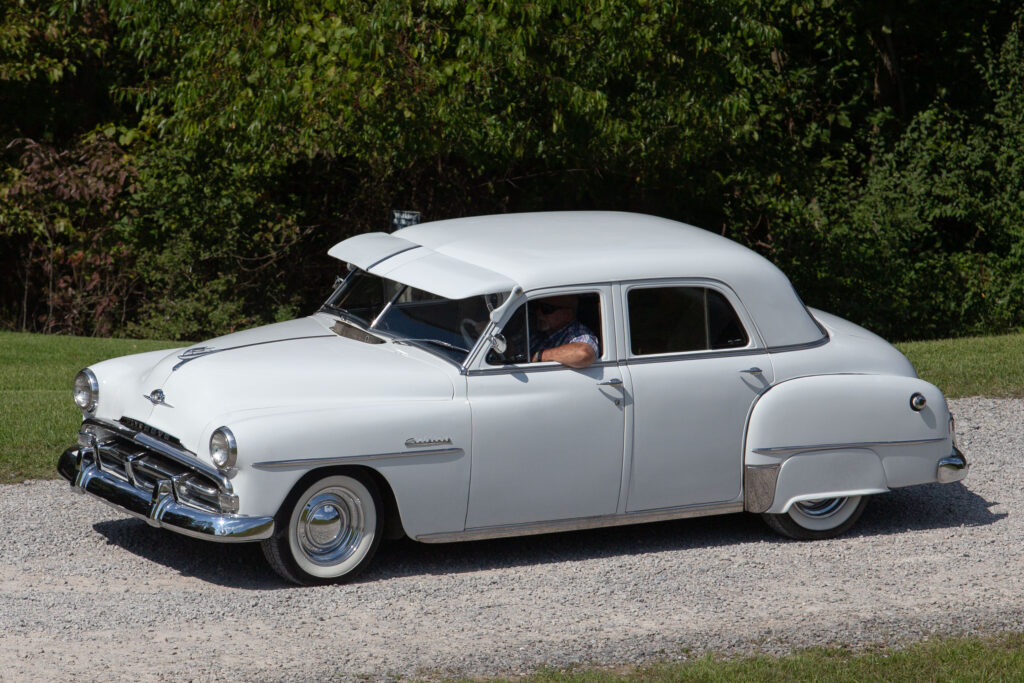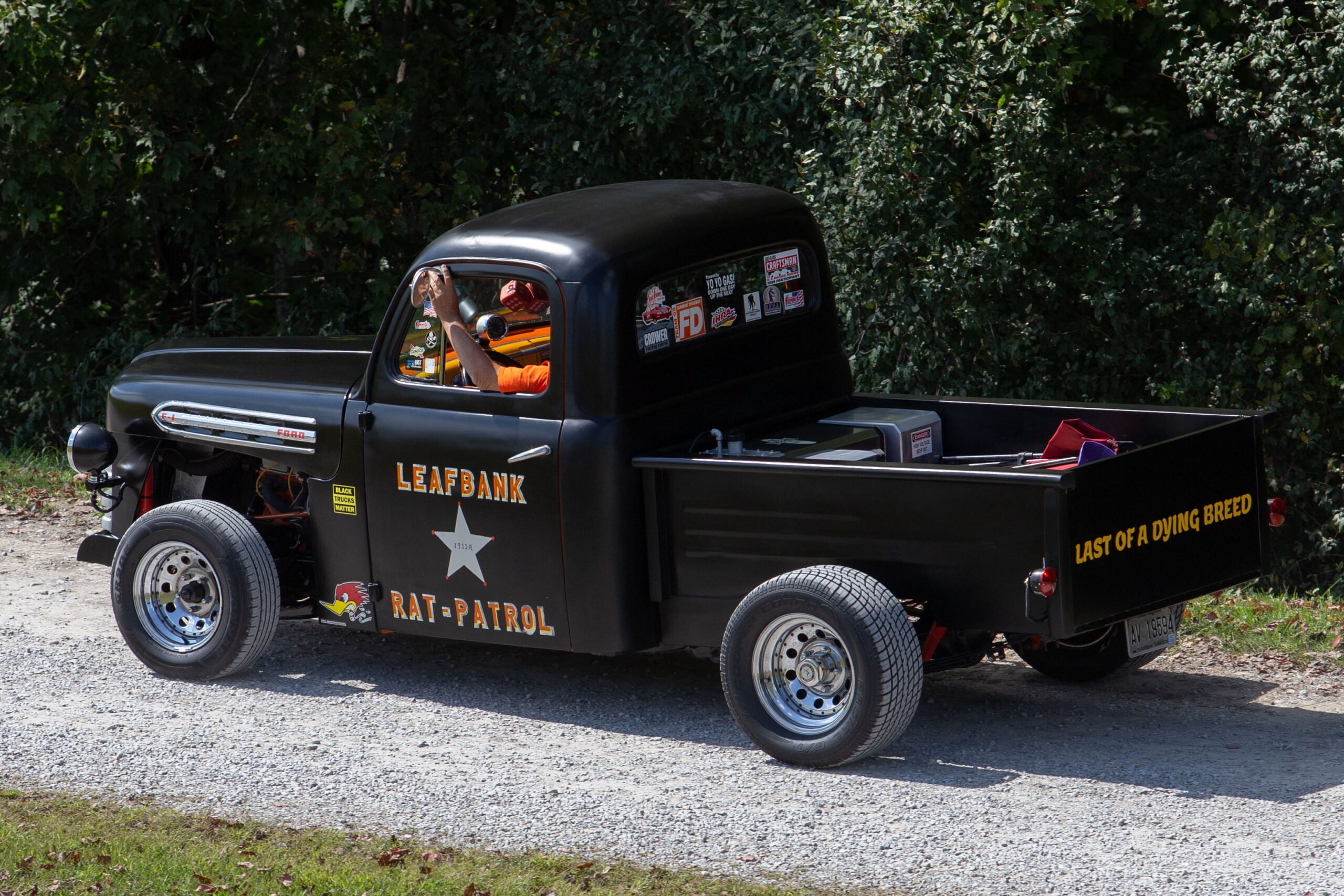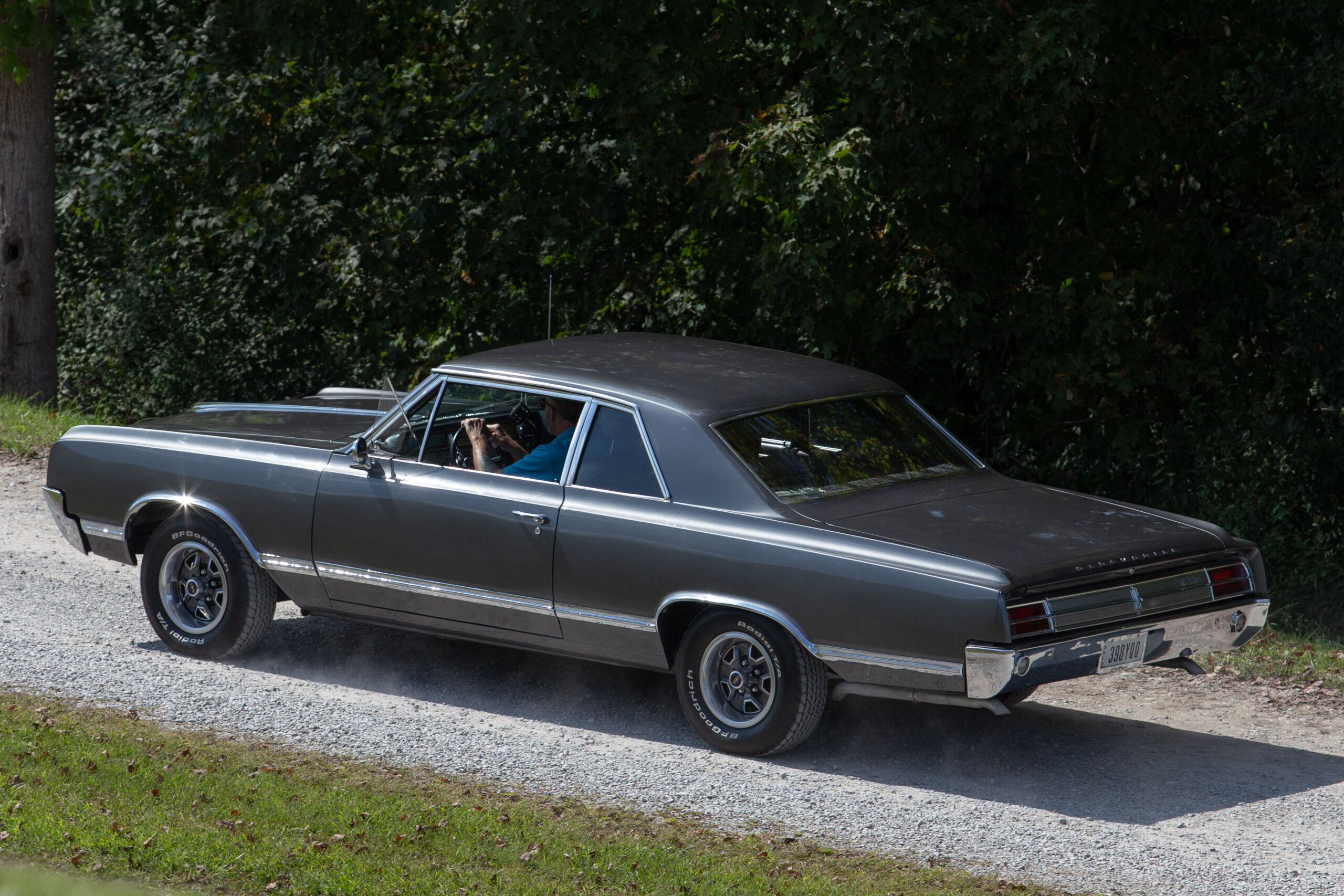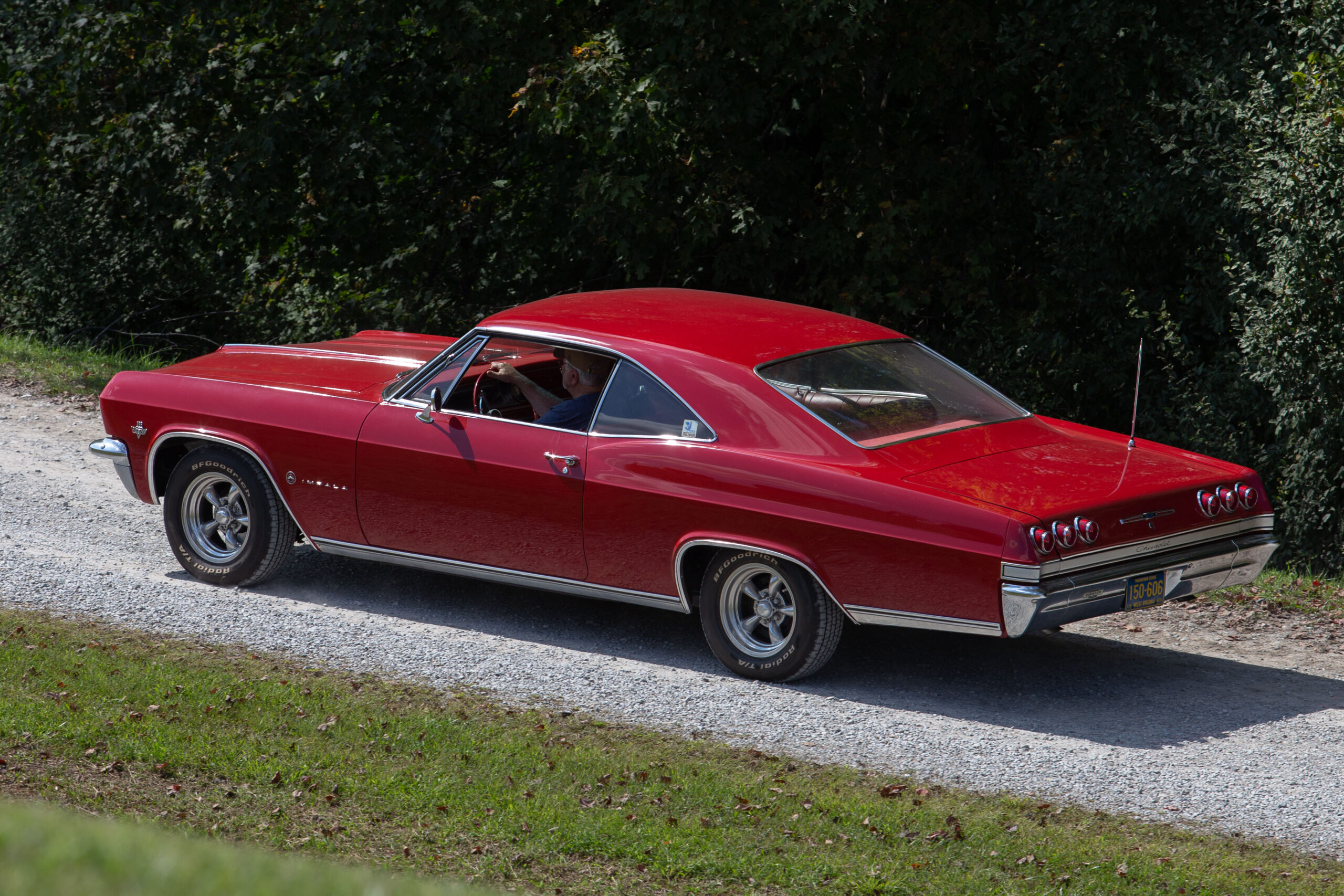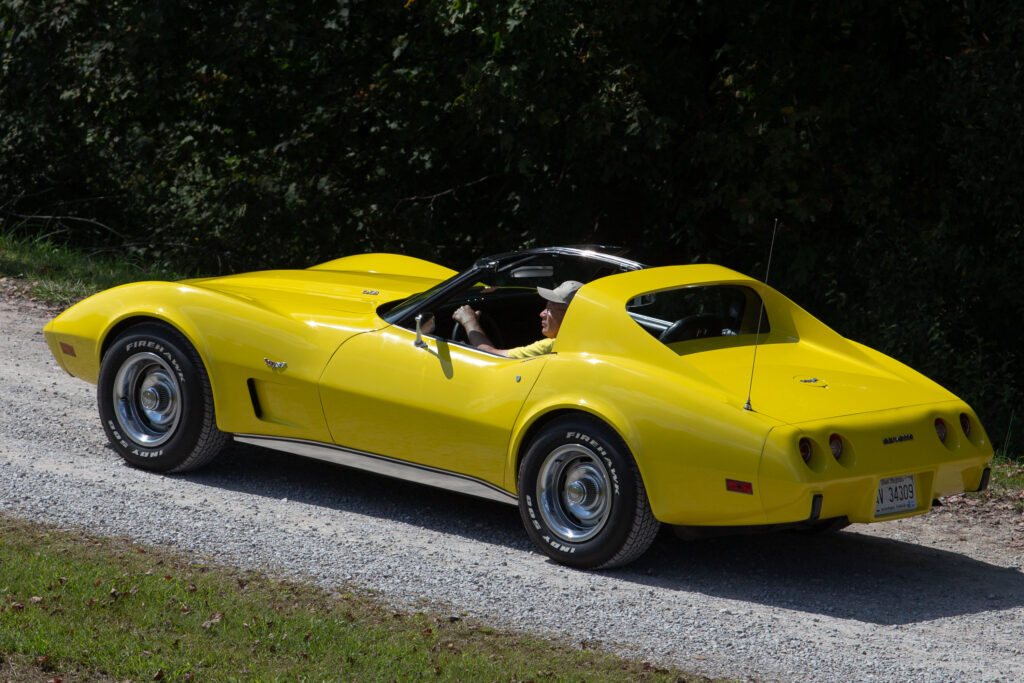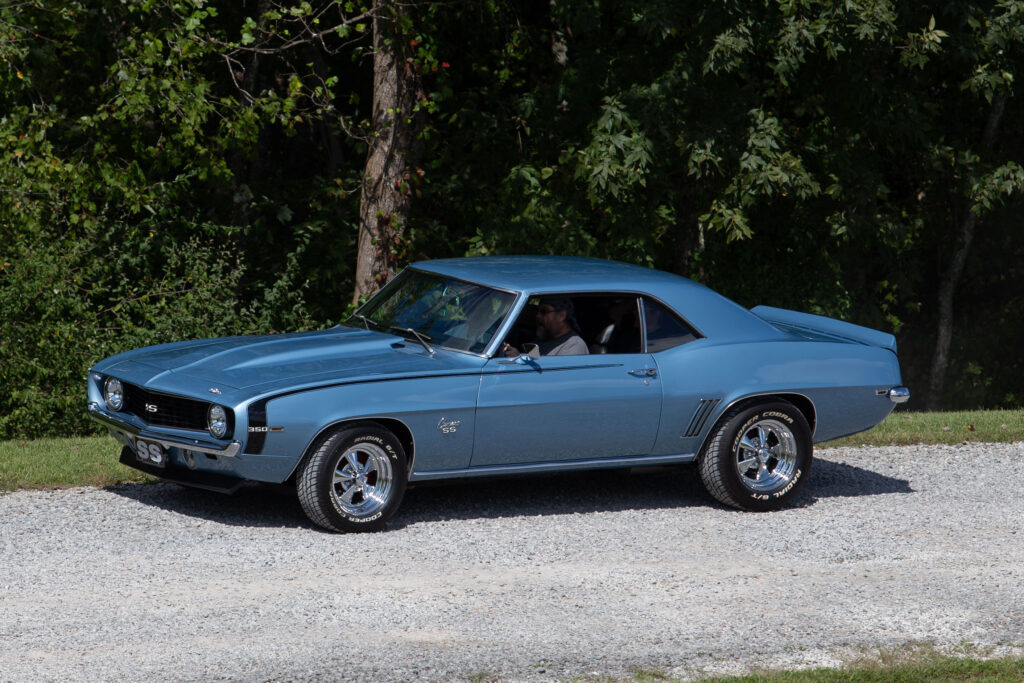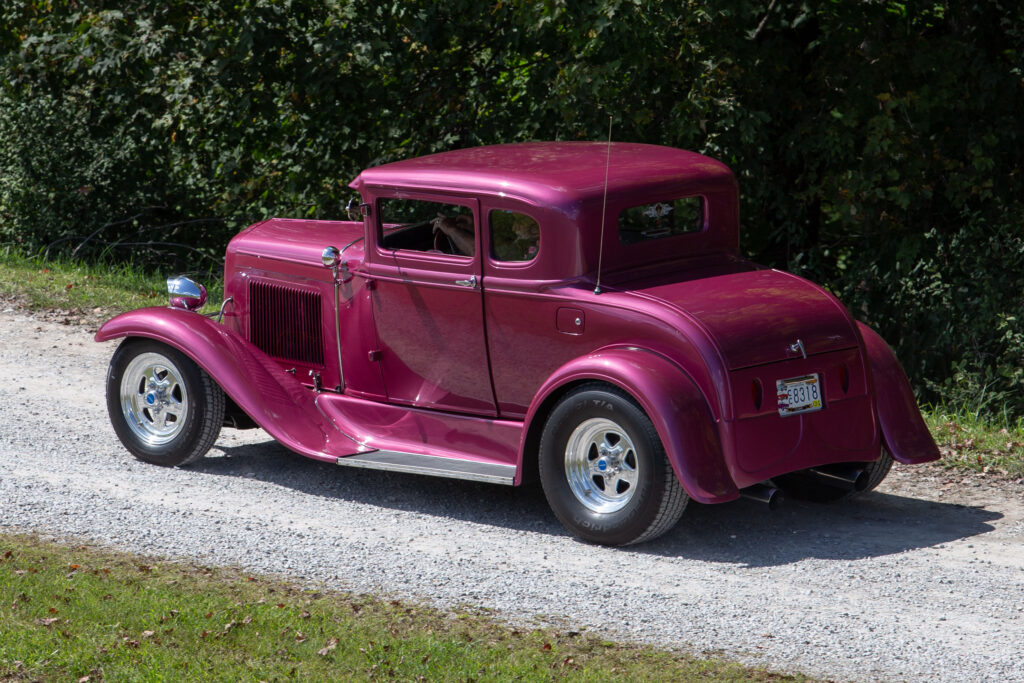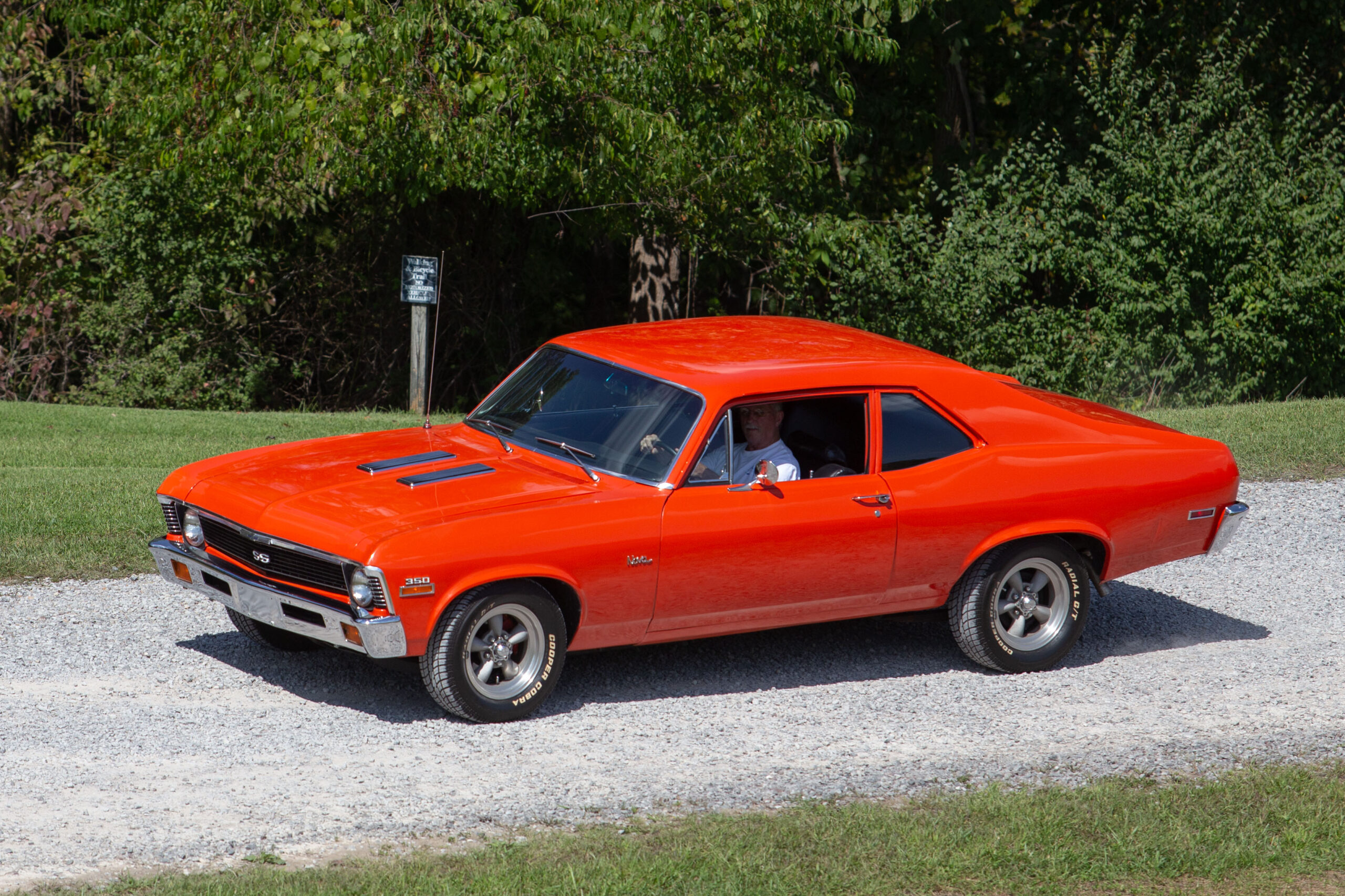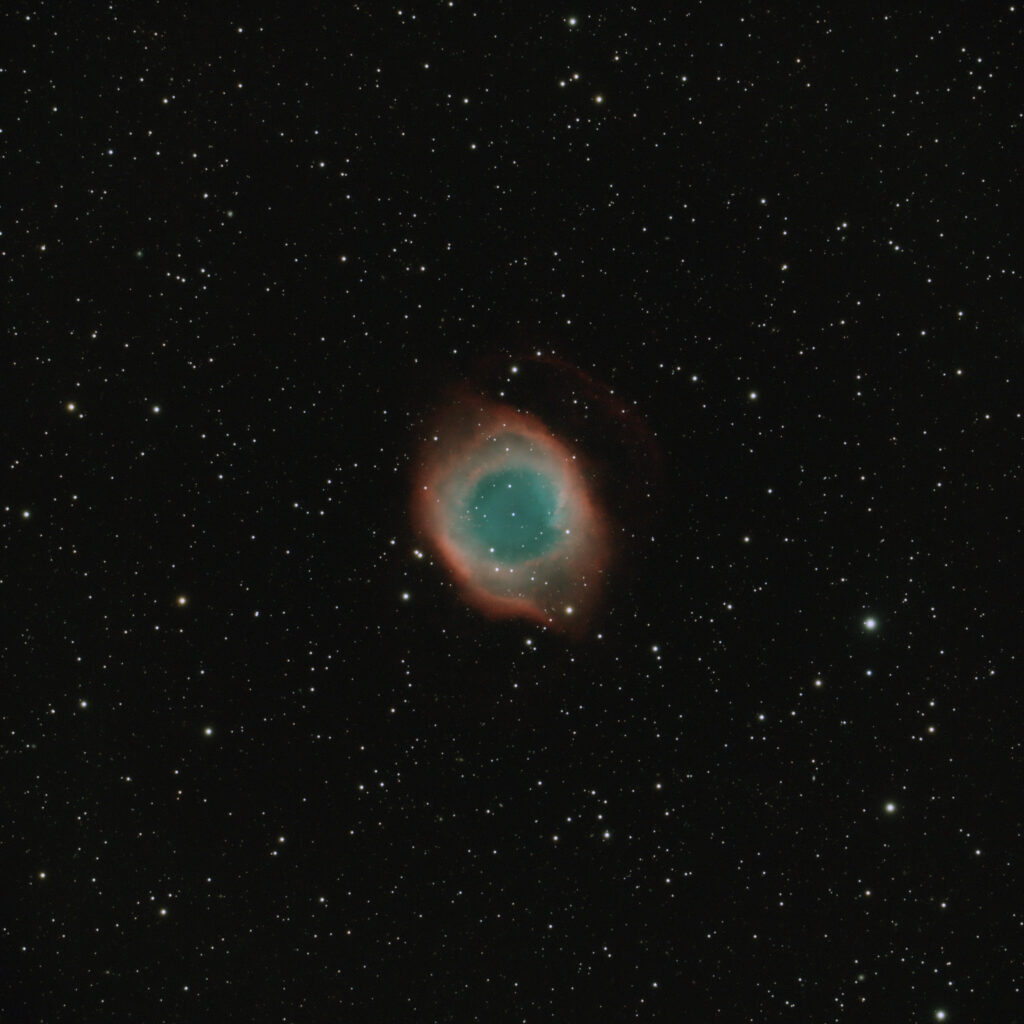
NGC 7293 – The Helix Nebula: AP92 Stowaway Scope, ZWO ASI533C camera, Atlas Mount. 4 hours total exposure time.
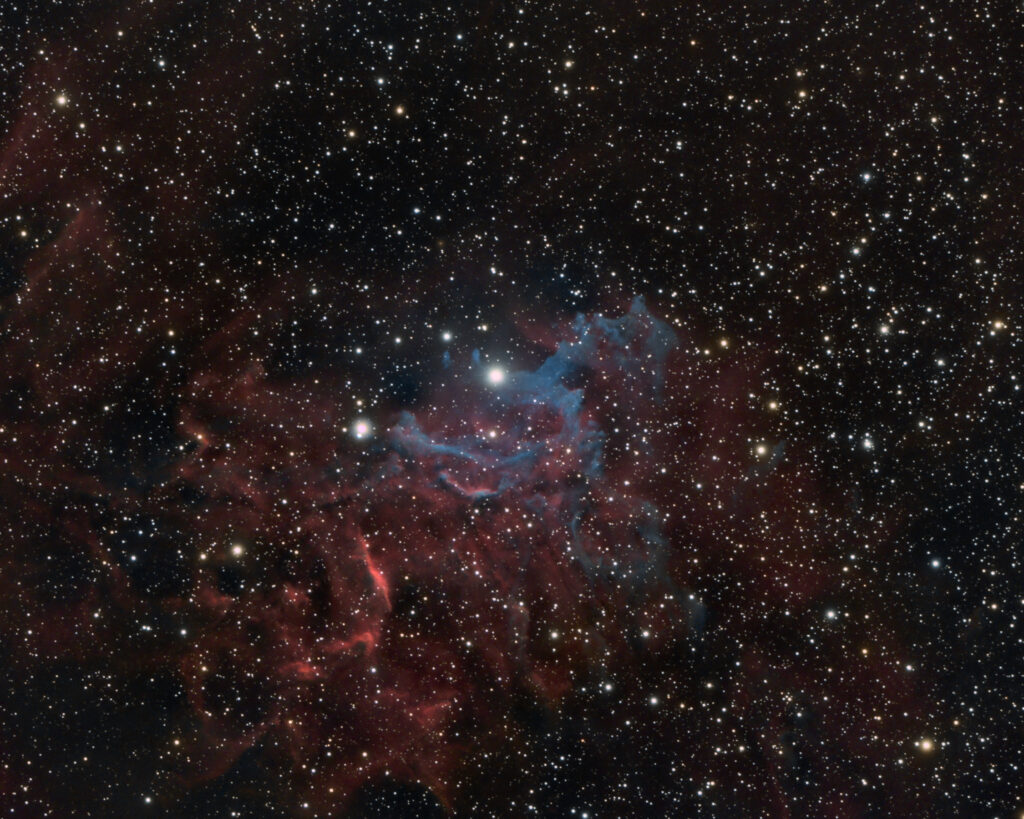
IC 405 – The Flaming Star Nebula. AP92 Stowaway Scope, ZWO ASI533C Camera, Atlas EQ-G Mount. 7.9 Hours total exposure.
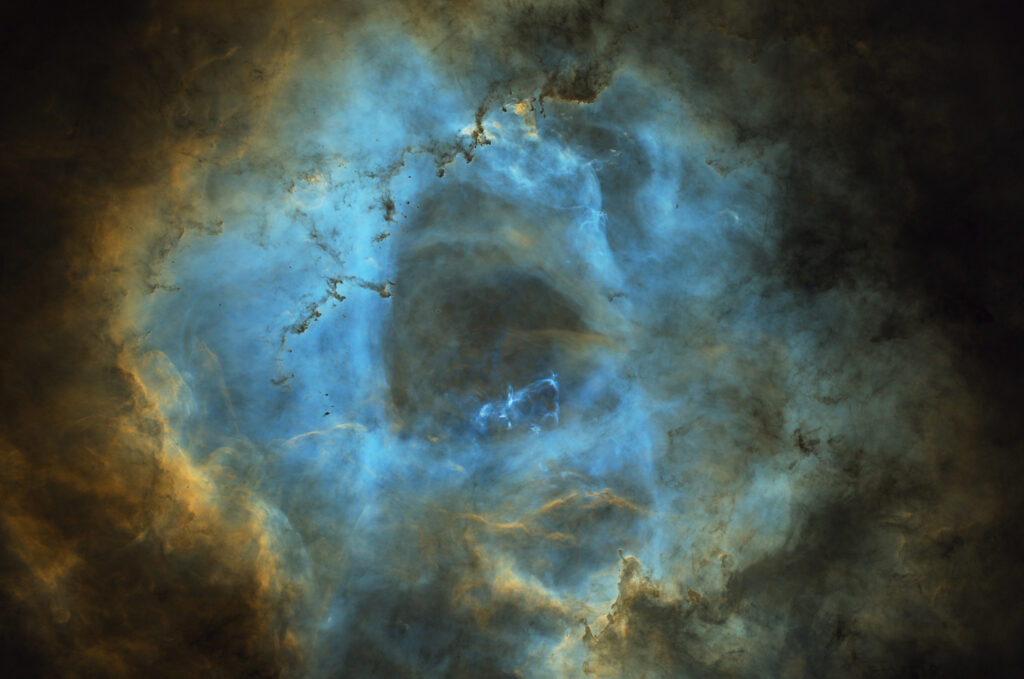
AP130GTX with QHY268M CMOS Camera on AP1200GTO Mount. Total Exposure time of ~17.5 hours comprised of 105 x 5 minute sub frames. Images captured from Clinton, TN.
Located roughly 5,000 light years from earth, the Rosette Nebula is approximately 130 light years in diameter and is home to about 2,500 new born stars in this star forming complex. For a more down to earth factoid, the Rosette Nebula is the official astronomical object of the State of Oklahoma as passed by the Legislature in 2019.
We had four relatively clear nights in a row. Some didn’t start great but all four produced usable imaging time even if the nights aren’t much more than 4 hours of astronomical darkness this time of year.
A couple shots with the Canon 6D DSLR and a Rokinon 135mm wide open at f/2.
vdB 123 – Taken with FSQ-106ED and QHY268C OSC CMOS Camera on an AP900GTO Mount, 58 x 5min exposures totaling 4.8 Hours Exposure across two nights.
Sh2-136 Taken with FSQ-106ED and QHY268C OSC CMOS Camera on AP900GTO Mount, 79 x 5 minute exposures totaling ~6.6 Hours Exposure time across two nights.
M20 – The Trifid Nebula: ZWO 533C OSC CMOS Camera with AP92 Refractor on Atlas EQ-G Mount. 57 x 5min exposures for a total of 4.75 hours captured across two nights.
